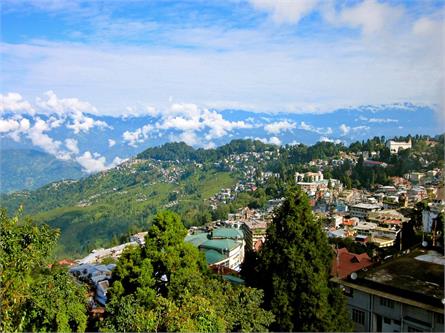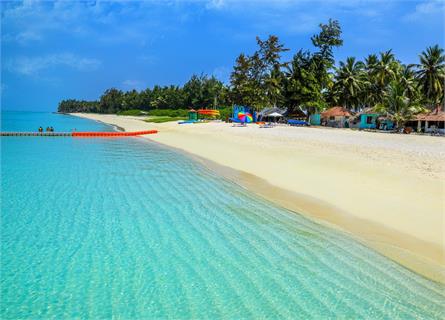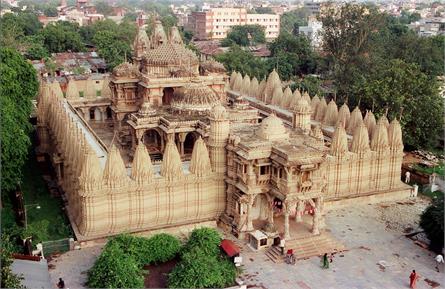Mountain Railways of India: The Lovely Experience

Mountain railways are specialized railway lines constructed in mountainous or hilly regions characterized by steep gradients, sharp curves, and challenging terrain. These railways are designed to traverse the difficult topography of mountain ranges, providing transportation access to remote areas, tourist destinations, and communities in high-altitude regions.
Also Read: UNESCO World Heritage Site
The World's Greatest Hill Railways | The Trains that Climb Mountains | The Engineering Marvels of the Himalayas
Mountain railways play a crucial role in connecting remote communities, transporting goods, and facilitating tourism in challenging mountainous regions, making them remarkable and vital components of a country's transportation infrastructure.
The mountain railways of India are remarkable evidence of engineering ingenuity and provide both practical transportation and breathtaking scenic experiences. Here is the information on each of the significant mountain railways and their unique features in the below section.
1. Darjeeling Himalayan Railway (DHR)
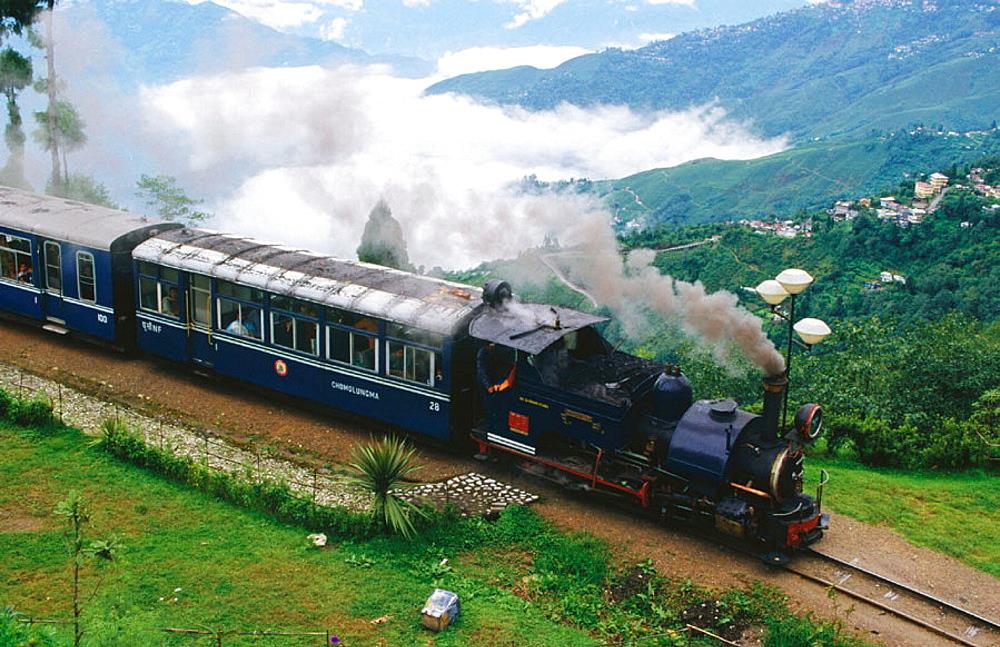
Nicknamed "the Toy Train," it is a narrow-gauge railway (610 mm) that connects Siliguri to Darjeeling, covering 88 km. The route involves steep gradients and features notable loops and 'Z' reverses (zigzags). DHR was constructed in the late 19th century, making it one of the oldest mountain railways. The Darjeeling Himalayan Railway was designated as a UNESCO World Heritage Site in 1999.
2. Nilgiri Mountain Railway (NMR)
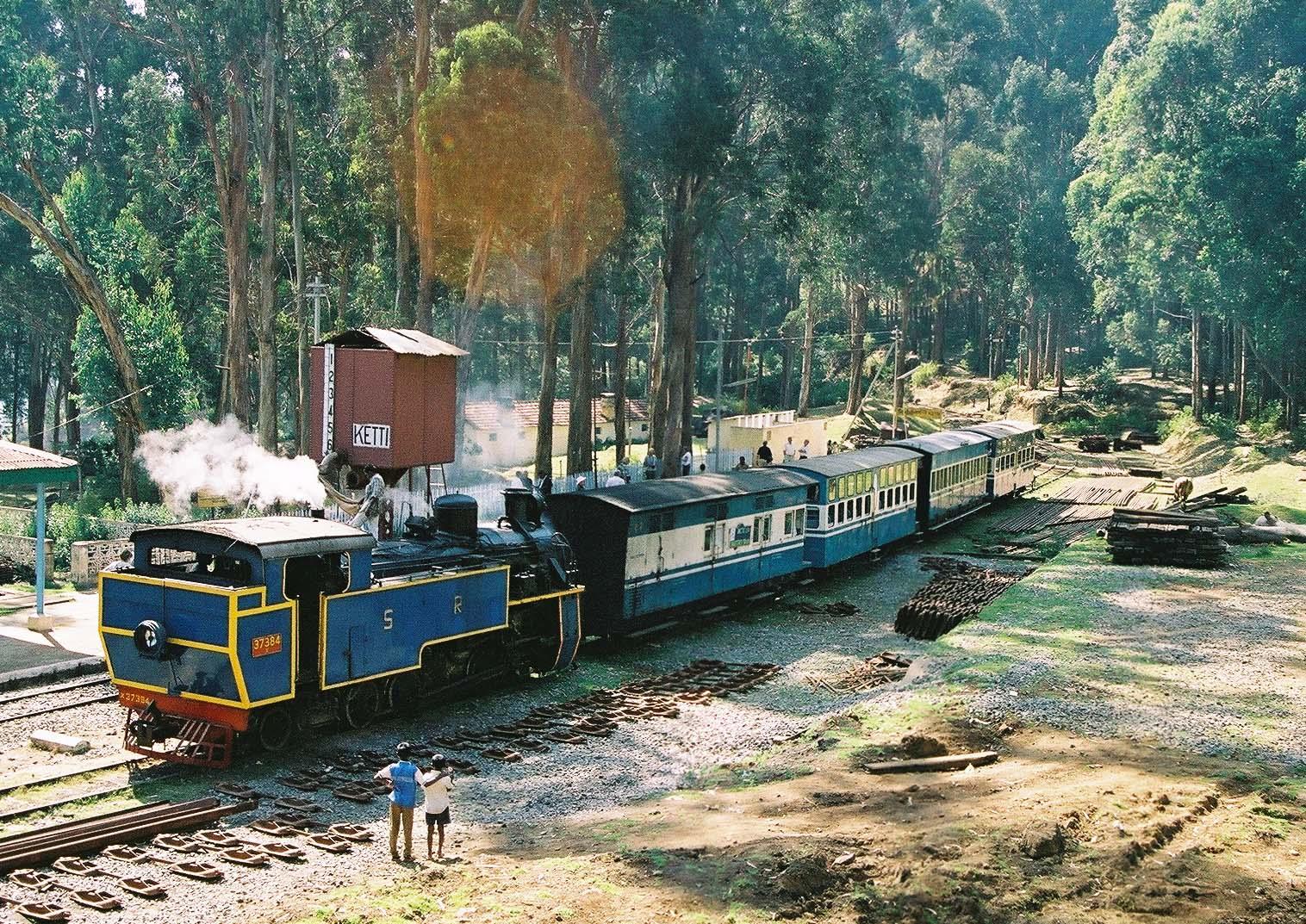
Nilgiri Mountain Railway is a meter-gauge single-line railway covering a distance of 46 km between Mettupalayam and Udagamandalam (Ootacamund). It is the only rack railway in India and utilizes the Abt rack system. The route features numerous curves, tunnels, and bridges, offering stunning views of the Nilgiri Hills. Nilgiri Mountain Railway was recognized as a UNESCO World Heritage Site in July 2005.
3. Kalka–Shimla Railway

Kalka-Shimla Railway is narrow-gauge railway spans 95.66 km between Kalka and Shimla, the modern capital of Himachal Pradesh. The line is famous for its 103 tunnels, 864 bridges, and multi-arched structures reminiscent of Roman aqueducts. It climbs from 656 m to 2,076 m at Shimla and provides spectacular views of the Himalayas. The Kalka–Shimla Railway joined the UNESCO World Heritage list in 2008.
4. Matheran Hill Railway
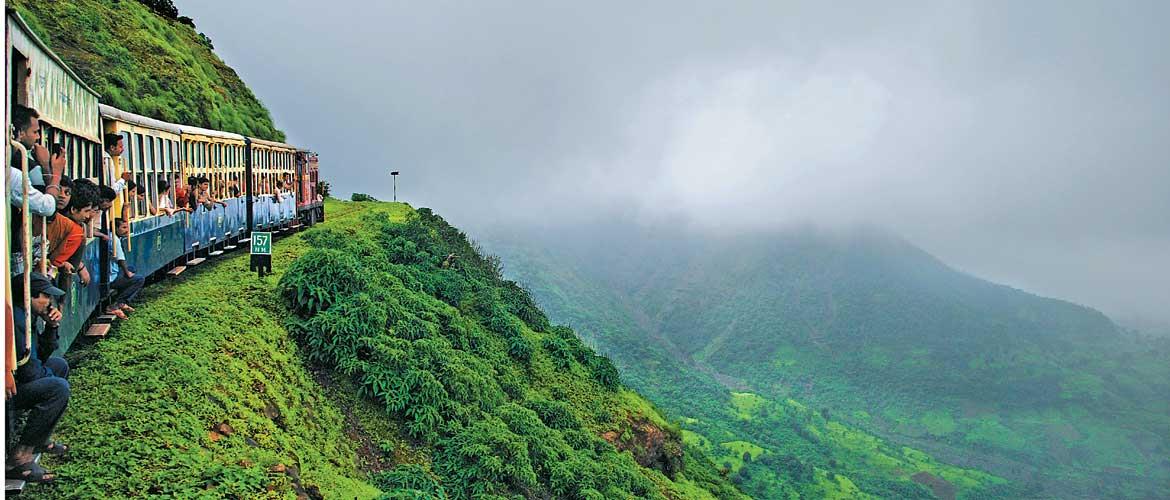
Matheran Hill Railway is a narrow-gauge railway that covers 21 km between Neral and Matheran in the Western Ghats. Notable features include horseshoe embankments, sharp curves, and the One Kiss Tunnel. Matheran Hill Railway offers a unique journey through picturesque landscapes. It operates year-round and is administered by Central Railways.
5. Kangra Valley Railway

Kangra Valley Railway is a 2 ft 6 inc narrow-gauge railway spanning 163 km between Pathankot and Joginder Nagar in the sub-Himalayan region. The line features unique bridges, including a steel arch bridge and a girder bridge. Kangra Valley Railway connects an area known for its natural beauty and Hindu shrines. It is part of the Northern Railway network.
Under Construction and Proposed Railways
The Jammu–Baramulla line aims to connect Jammu and Kashmir with the rest of India, traversing challenging terrain. The Srinagar–Leh line and Bhanupli–Leh line are proposed projects aimed at further connecting remote areas. The Chota Char Dham Railway comprises several rail lines connecting pilgrimage destinations in the Himalayan region. The Sivok–Rangpo line is planned to link West Bengal with Sikkim and the India-China border.
Characteristics and Features of Mountain Railways
Here are some key characteristics and features of mountain railways.
1. Narrow-gauge or Meter-Gauge Tracks
Mountain railways often use narrow-gauge or meter-gauge tracks instead of the standard broad-gauge tracks found on most railways. The narrower gauge allows for tighter curves and better maneuverability on steep slopes.
2. Rack and Pinion Systems
Some mountain railways employ rack and pinion systems, where a toothed rack rail is used to provide extra traction and prevent slippage on steep gradients. This is especially common in very steep sections of mountain railways.
3. Tunnels and Bridges
Mountain railways typically include numerous tunnels and bridges to overcome natural obstacles such as deep gorges and rock formations. These engineering marvels are often an integral part of the railway's charm.
4. Zigzags and Switchbacks
To manage steep gradients, mountain railways may incorporate zigzags or switchbacks, allowing the train to ascend or descend in a series of reversals, gradually gaining or losing altitude.
5. Spirals and Loops
Spirals and loops are used to maintain a reasonable gradient while climbing or descending mountains. These features allow the train to travel a longer distance to gain or lose elevation more gradually.
6. Scenic Routes
Mountain railways are renowned for their incredible scenic routes, offering passengers panoramic views of mountain landscapes, valleys, and picturesque surroundings. They often attract tourists seeking unique travel experiences.
7. UNESCO World Heritage Sites
Several mountain railways worldwide have been designated as UNESCO World Heritage Sites due to their historical and engineering significance. These designations recognize the railways as cultural treasures and protect their heritage value.
8. Tourist Attractions
Many mountain railways are popular tourist attractions, providing visitors with memorable journeys through stunning natural settings. They often offer themed and heritage trains to enhance the experience.
These mountain railways are essential transportation links and living evidence of the remarkable engineering achievements of their time. They continue to captivate travelers with their scenic beauty and historical significance, making them prized heritage sites in India.










